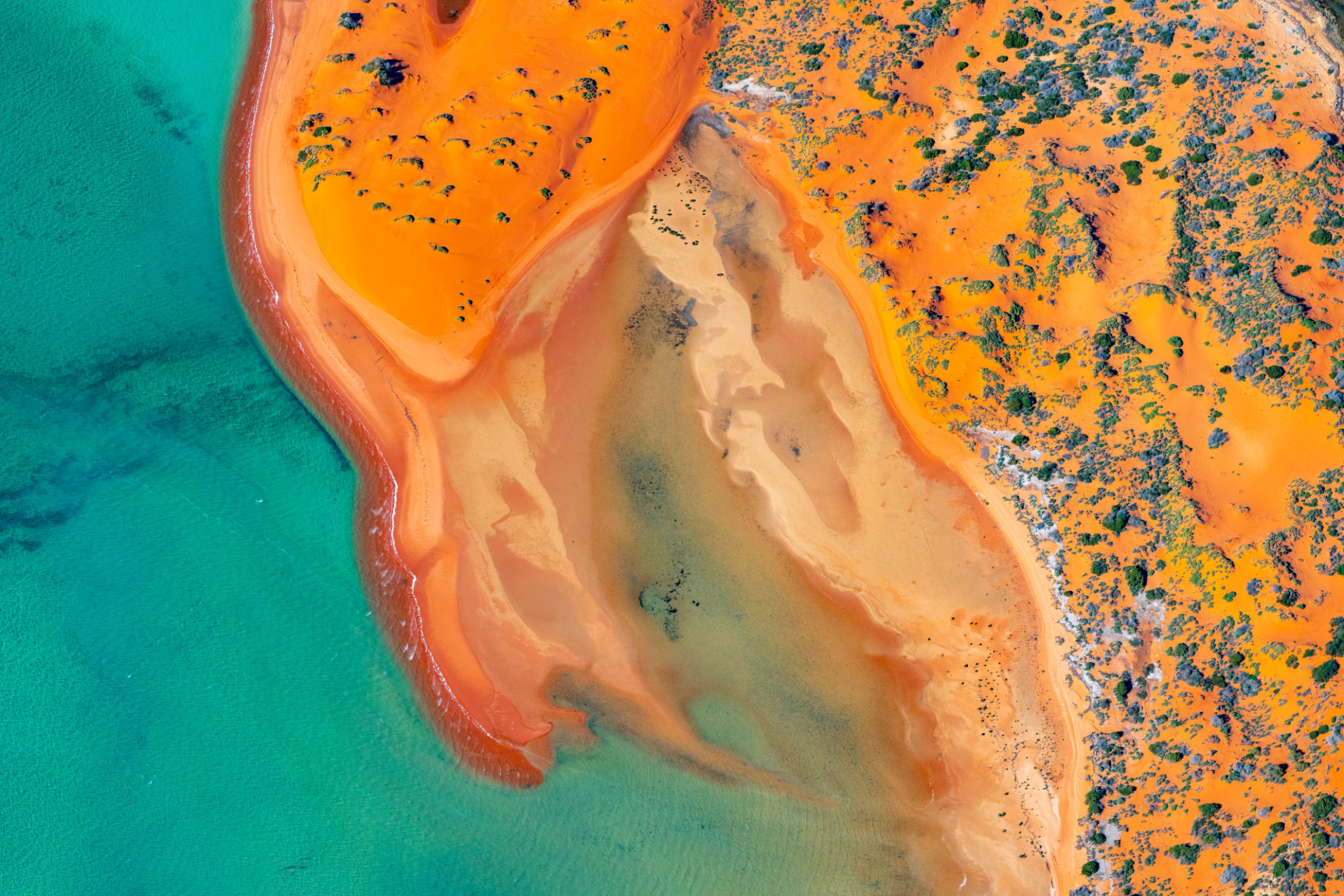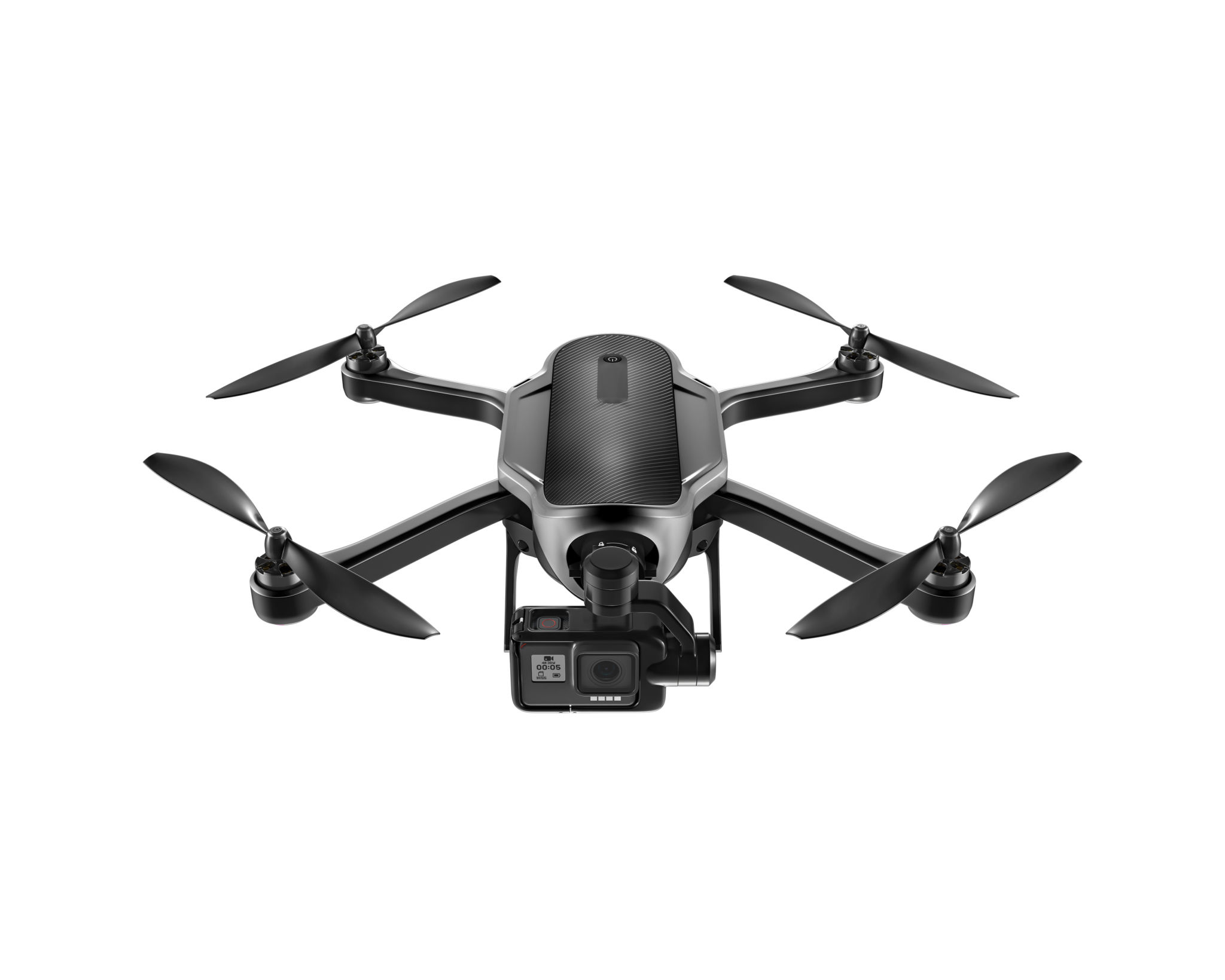The Art of Aerial Filming: Tips from Leading Aerial Videographers in Australia
JW
The Rise of Aerial Filming
Aerial filming has revolutionized the way we capture landscapes, events, and even narratives in films. With drones becoming more accessible, videographers in Australia are pushing the boundaries of what’s possible from the sky. The stunning diversity of the Australian landscape offers an incredible canvas for aerial artists to showcase their skills.
One of the most exciting aspects of aerial filming is its ability to provide unique perspectives that were once impossible or prohibitively expensive to achieve. From sweeping shots of the Great Barrier Reef to the rugged Outback, aerial videography allows us to see Australia from a vantage point that elevates storytelling to new heights.

Essential Equipment for Aerial Videography
To create breathtaking aerial films, having the right equipment is crucial. Most professional aerial videographers in Australia recommend starting with a high-quality drone. Models like the DJI Phantom series and Mavic Air 2 offer excellent stability and image quality, making them popular choices among professionals.
In addition to a reliable drone, videographers emphasize the importance of having spare batteries. Aerial shoots can be unpredictable, and running out of power could mean missing the perfect shot. Many also invest in ND filters to manage light exposure and get cinematic footage even in bright conditions.
Safety and Legal Considerations
Safety and legality are paramount when filming from the sky. Australia's Civil Aviation Safety Authority (CASA) requires drone pilots to adhere to specific guidelines, including maintaining a visual line of sight and not flying above 120 meters. Familiarizing yourself with these regulations is essential to ensure compliance and protect both your equipment and the public.

Mastering the Art of Composition
Aerial videography offers creative opportunities but also challenges, especially when it comes to composition. Leading videographers suggest focusing on the rule of thirds to create balanced and engaging shots. This involves dividing your frame into nine equal segments and placing key elements along these lines or at their intersections.
Additionally, playing with altitude can add depth to your footage. Filming at different heights can offer varied perspectives that enrich your storytelling. Experimenting with camera angles, such as tilting down or capturing from a lower altitude, can also bring dynamic energy to your shots.

Post-Production Techniques
Once you've captured your aerial footage, the magic continues in post-production. Tools like Adobe Premiere Pro and Final Cut Pro offer powerful editing capabilities to enhance and refine your videos. Color grading is a crucial step, helping to bring out the vibrancy of Australia’s natural hues.
Stabilization is another key technique in post-production. Even with advanced drones, some footage may require additional smoothing for a polished finish. Many videographers use software plugins to stabilize footage seamlessly.
Tips from Leading Australian Videographers
Australia's top aerial videographers often emphasize the importance of planning. Scouting locations ahead of time and understanding weather patterns can significantly impact the success of an aerial shoot. Windy conditions or sudden weather changes can pose risks and affect footage quality.
Finally, creativity is at the heart of aerial filming. Embrace experimentation—whether it's capturing a time-lapse of a sunset over Sydney Harbour or following wildlife in their natural habitat—and let your vision soar.

